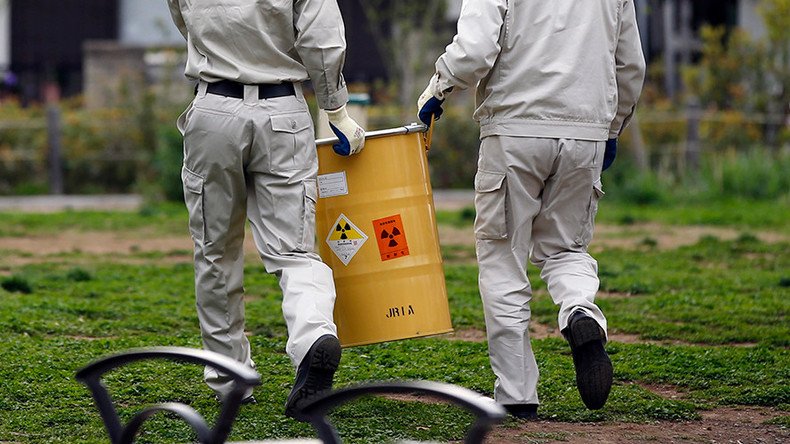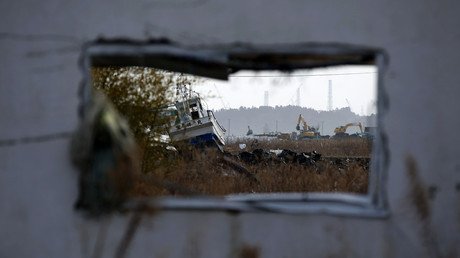Over 3,000 tons of unregistered radioactive waste stored in Japan – report

At least 3,100 tons of toxic waste lacking proper registration is being stored in Japan, local media report. Heaps of radioactive waste have been produced in the cleanup of the Fukushima nuclear power plant, but local officials are reluctant to report it.
READ MORE: 4 biggest lies about the Fukushima disaster
Tons of contaminated soil as well as other radioactive garbage are being stored at temporary depots across the country, Japanese NHK TV-Channel reports.
The level of radiation at the storage sites is higher than 8,000 Becquerels per kilogram, while the norm is 10 Becquerels per kilogram.
NHK gathered the data by questioning local administrations of the Ibaraki, Iwate, Miyagi, Saitama, Chiba, Tokyo and Fukushima prefectures. The largest quantity of nuclear waste is said to be stored in the city of Kurihara in the Miyagi prefecture.
According to Japanese law, local authorities must report to the government about the nuclear materials stored in their prefectures.
They have not done so for five years, however, for the fear of negative publicity. Should the toxic waste be officially registered, local authorities will be told to build permanent storage facilities, which they fear may affect the attractiveness of their regions to investors.
The meltdown of the reactor at the Fukushima Daiichi power plant was triggered by a disastrous earthquake followed by a huge tsunami that struck Japan on March 11, 2011. It was biggest nuclear disaster since the 1986 Chernobyl tragedy and forced 160,000 people to flee their homes.
Bad news for bots: #Fukushima cleanup robots overpowered by radiation (VIDEOS) https://t.co/57UkLlRMYwpic.twitter.com/qlPZqNinbx
— RT (@RT_com) March 13, 2016
The number of victims suffering from radiation poisoning is hard to count. The 2011 disaster itself left more than 18,000 people dead, but this figure does not count people who died because of the leakage of radiation.
According to the estimates of Professor Christopher Busby, Scientific Secretary of the European Committee on Radiation Risk, there may be up to 400,000 cases of cancer within a 200-kilometer radius of the power station that can be attributable, at least in part, to the meltdown. Moreover, Busby believes that the disaster is far from over and that more people will be affected by the radioactive contamination.
The Fukushima meltdown has sparked debates about the use of nuclear energy around the world, with some countries, such as Germany, deciding to abandon nuclear power altogether.













